A temporary ceasefire is helping to ease tensions between India and Pakistan, but both sides continue military activities along the border area.
The military confrontation between India and Pakistan broke out after a terrorist attack in Kashmir, followed by New Delhi launching the military operation “Sindoor” deep inside Pakistani territory.
In the recent India-Pakistan conflict, Chinese weapons played a key role in helping Islamabad maintain the military balance against New Delhi. These weapons not only helped Pakistan defend but also counterattack.
According to data from the Stockholm International Peace Research Institute, China is Pakistan's largest arms supplier, accounting for 81% of the country's arms imports from 2020 to 2024. So what is Pakistan buying?

J-10C Vigorous Dragon fighter
This 4.5 generation fighter is considered the most modern version of the J-10 series, equipped with more advanced engines and active electronically scanned array (AESA) radar. It can carry most of China's guided missiles and bombs, typically the PL-10 and PL-15 air-to-air missiles.
Last week, Pakistan's Foreign Minister Ishaq Dar told the country's parliament that Chinese J-10C aircraft were used to shoot down five Indian fighter jets in air combat along the border.
Reuters, citing US officials, also said that Pakistan used a J-10C to shoot down two Indian fighter jets, including at least one French Rafale fighter jet.
Pakistan claims that of the five Indian fighter jets shot down in the military clash, three were Rafales.
The event marked the first time a Chinese fighter jet had shot down an enemy aircraft in actual combat, as well as the first time a Rafale jet had been lost in combat.
Pakistan is the only country in the world other than China that operates the J-10C. Pakistan ordered 36 export versions from Beijing, along with 250 PL-15 missiles, in 2020. At least 20 J-10Cs are reported to be in service in Pakistan after the first delivery from China in 2022.
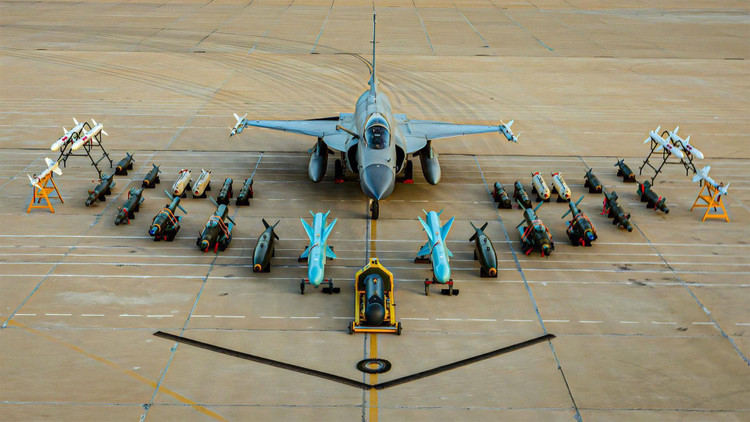
JF-17 Thunder fighter
A joint venture between Pakistani and Chinese arms corporations Pakistan Aeronautical Complex and Chengdu Aircraft Corporation – the JF-17 is one of the main fighters of the Pakistan Air Force, along with the US-made J-10C and F-16.
The Pakistan Air Force has operated the JF-17 since 2007, with around 120 aircraft in service. The fighter has also been exported to Azerbaijan, Myanmar and Nigeria.
The JF-17 has undergone several upgrades, with the latest Block 3 version being delivered to the Pakistani military in March 2023. The aircraft is equipped with advanced Chinese technology such as the KLJ-7A AESA radar, more powerful Chinese-made WS-13 engines, and a missile approach warning system similar to that used on China's J-10C, J-16, and J-20 fighters.
The JF-17 is compatible with precision-guided missiles and beyond-visual-range missiles such as the PL-15.
India shot down a JF-17 fighter jet in an air battle with Pakistan last week, according to Indian media reports – a claim Islamabad has denied.
Meanwhile, Pakistan claimed that a supersonic missile launched from a JF-17 aircraft targeted and destroyed India's S-400 air defense system based in Punjab state. However, New Delhi denied this information.
PL-15 Beyond Visual Range Air-to-Air Missile
The PL-15 – a Chinese-developed beyond-visual-range air-to-air missile with a range of more than 40 km – attracted attention when Islamabad claimed it was used to shoot down an Indian Rafale fighter jet.
Developed by the Chinese Air Force Rocket Academy, the missile first entered service with the Chinese military in 2015. It is equipped on China's most advanced fighters such as the fifth-generation J-20 and J-35. Pakistan is also known to have integrated the PL-15 with its J-10C and JF-17 Block 3 squadrons.
The missile has an estimated range of 200-300km and uses a solid-fuel rocket motor with two boosters and active radar guidance. This allows for more precise tracking and better resistance to electronic countermeasures. The missile does not require any assistance from the pilot after launch, which makes the PL-15 more effective at engaging aerial targets.
The PL-15 has been compared to the European arms group MBDA's Meteor BVR missile, which is fitted on fighters such as the Rafale, as well as the Swedish SAAB JAS 39 Gripen and the Eurofighter Typhoon. India also uses the Meteor missile on its Rafale aircraft.
Debris that appears to be from a Chinese PL-15E missile was found in Punjab last week, according to Indian media reports, suggesting the Pakistani military fired the missile from a J-10C or JF-17C Block 3 aircraft, as those are the only compatible jets known to be operating in the region.
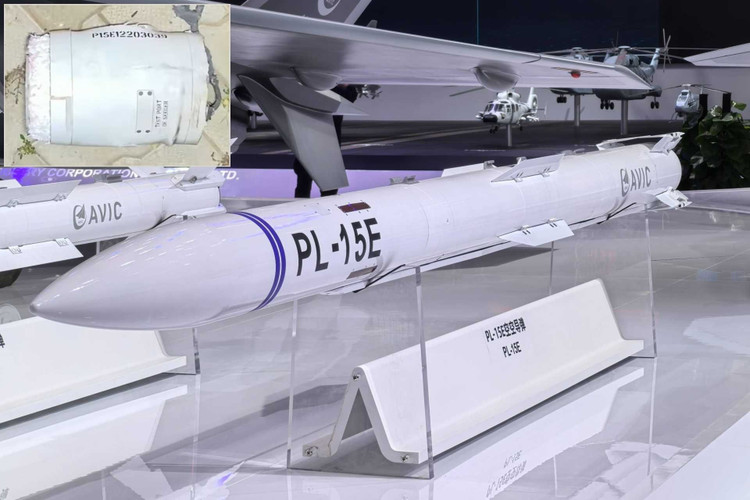
HQ-9P long-range surface-to-air missile system
The HQ-9P is the Pakistani version of China's HQ-9 air defense system, which was developed based on the Russian S-300 system and has been in service in China since 2001.
Pakistan purchased the HQ-9P system from China and put it into service in December 2021. The system is used by the Pakistan Army and Air Force, with at least six air defense units reportedly in operation.
The system provides an air defense range of up to 125km to intercept aircraft and about 25km to intercept cruise missiles.
Pakistan first revealed its HQ-9P system during a military parade in March 2024.
India claims to have destroyed one of Pakistan's HQ-9P systems and another Chinese medium-range surface-to-air missile system, the HQ-16, defending Lahore in Punjab province in air strikes on Pakistan last week.
SH-15 Self-propelled Gun
SH-15 – China’s domestic version of PCL-181 – a 155mm self-propelled howitzer first introduced by Norinco Group in 2019. The gun can fire four to six rounds per minute with a maximum range of about 50km.
This is Pakistan's first NATO-standard 155mm howitzer. Pakistan signed a deal in 2019 to buy more than 200 units, with the first shipment due in January 2022.
According to Pakistani media reports, the purchase was made in response to India's purchase of the K9 Vajra-T – a variant of the South Korean K9 Thunder, which accounts for more than half of global self-propelled artillery sales.
As tensions escalated last week, Pakistan reportedly deployed SH-15s along the Line of Control – the de facto border with India in disputed Kashmir. Pakistan reportedly launched artillery strikes into Indian territory in response to Indian airstrikes, suggesting howitzers may have been brought in.
into use.
J-35 stealth fighter
China's fifth-generation stealth fighter is still in the testing phase, but Pakistan has expressed interest in the aircraft.
Unveiled at the Zhuhai Airshow in November 2024, the J-35 is widely seen as China's answer to the US F-35, with full stealth capabilities, internal weapons bays and advanced avionics. It was originally designed as a carrier-based fighter for the Chinese Navy, but a land-based variant is also said to be in development.
Pakistan's air force intends to buy 40 stealth fighters from China, according to media reports.
If the acquisition goes through, it would be a major boost for the Pakistani military, introducing stealth capabilities into its air force for the first time to counter India, as New Delhi is also looking to build a fleet of fifth-generation fighters including the F-35 and Russia's Su-57.
Source: https://khoahocdoisong.vn/xung-dot-an-do-pakistan-thay-doi-vi-the-vu-khi-trung-quoc-post1541691.html


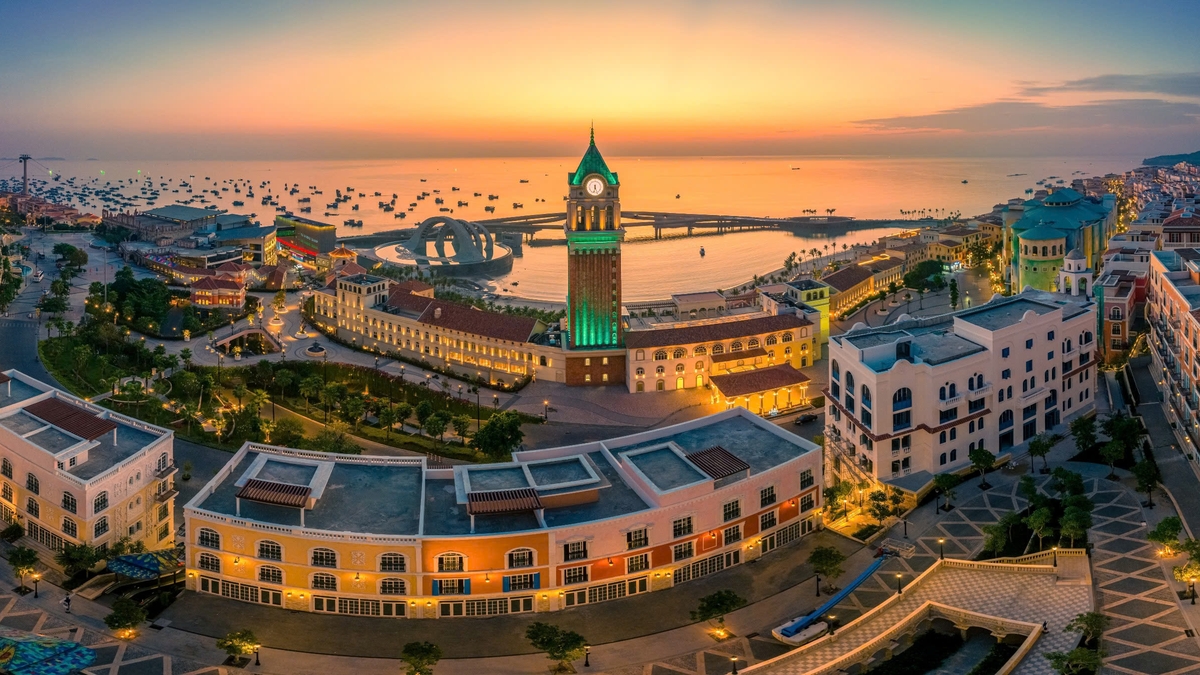



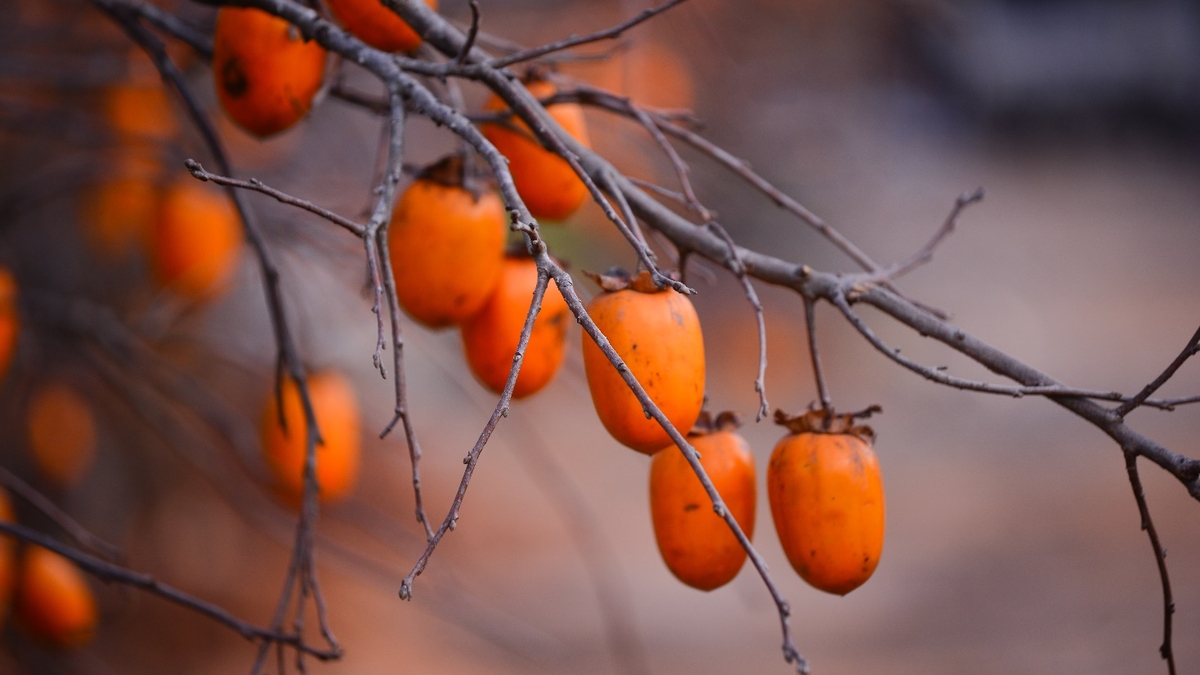

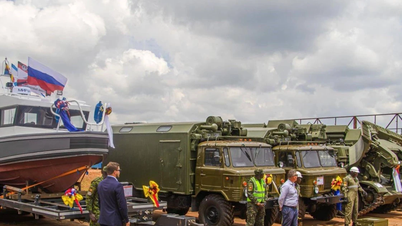
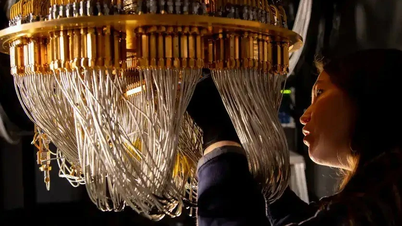








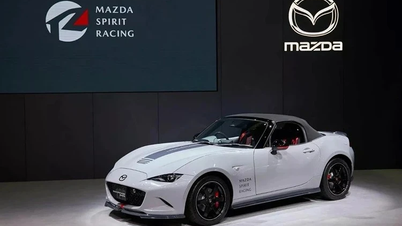
![[INFOGRAPHIC] Rare mountain turtle discovered in a temple in Ha Tinh](https://vphoto.vietnam.vn/thumb/402x226/vietnam/resource/IMAGE/2025/11/01/1761959604793_thumb-rua-nui-vien-jpg.webp)

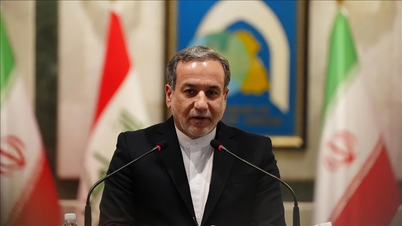

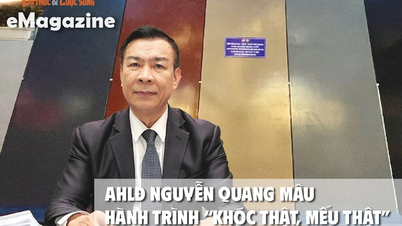


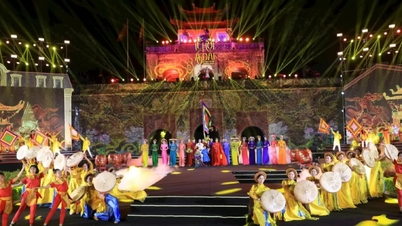

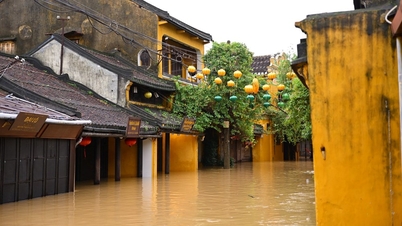



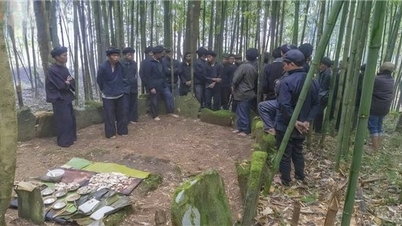

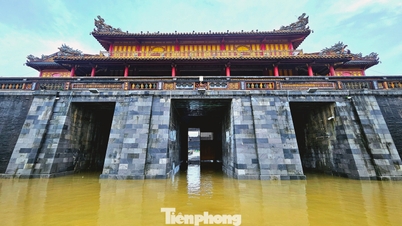







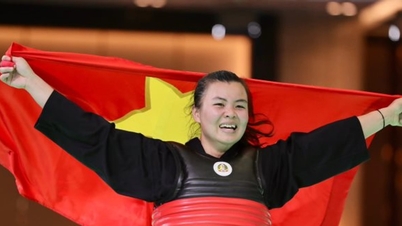

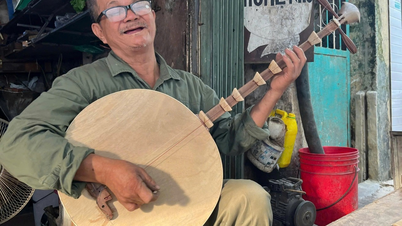





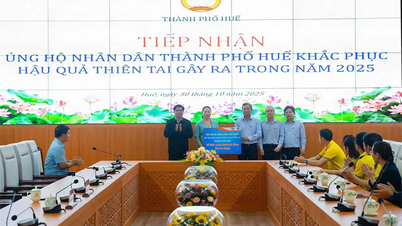
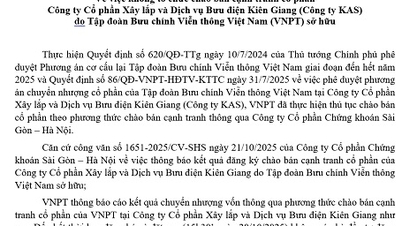

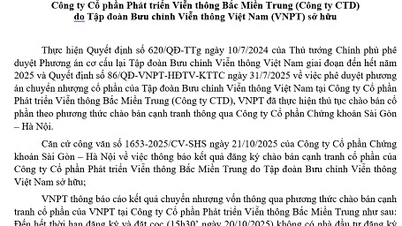






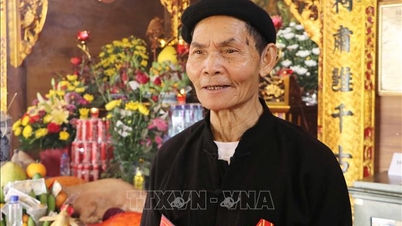

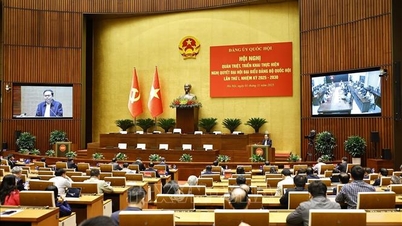
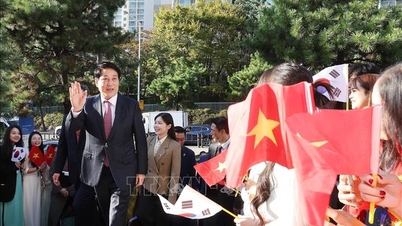


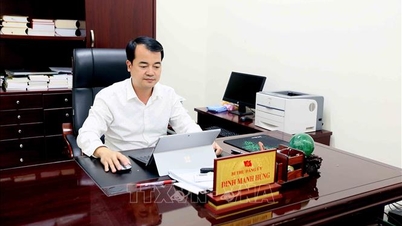
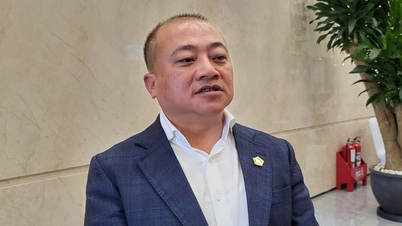

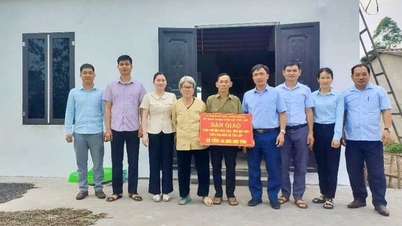






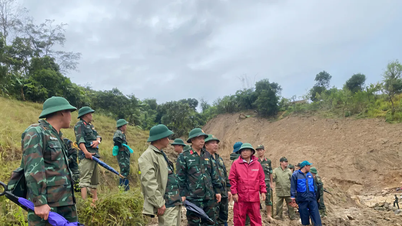



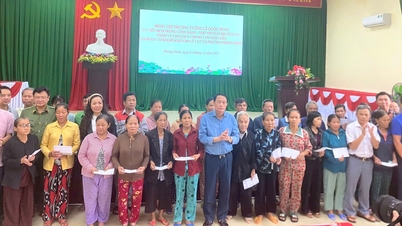

















Comment (0)